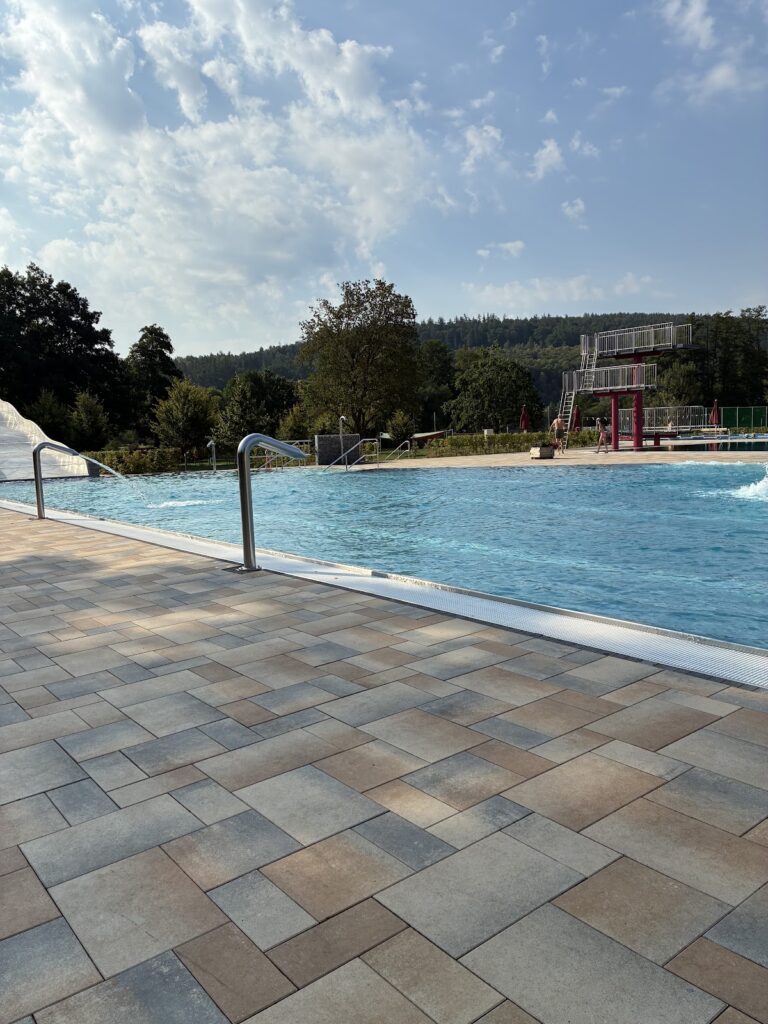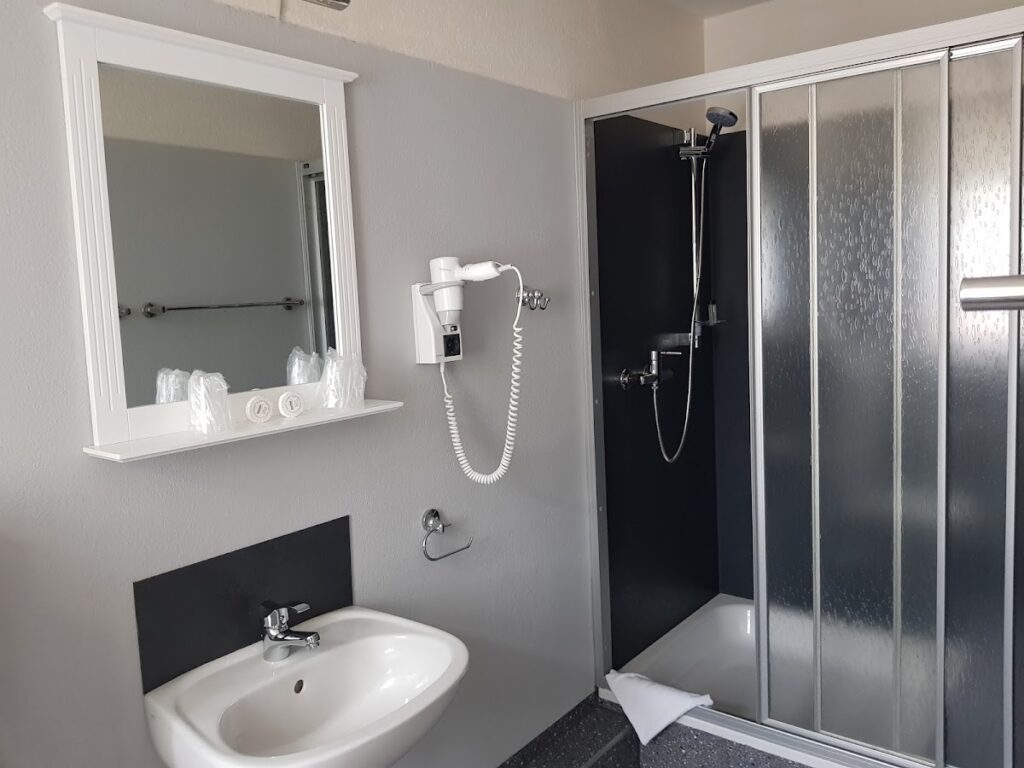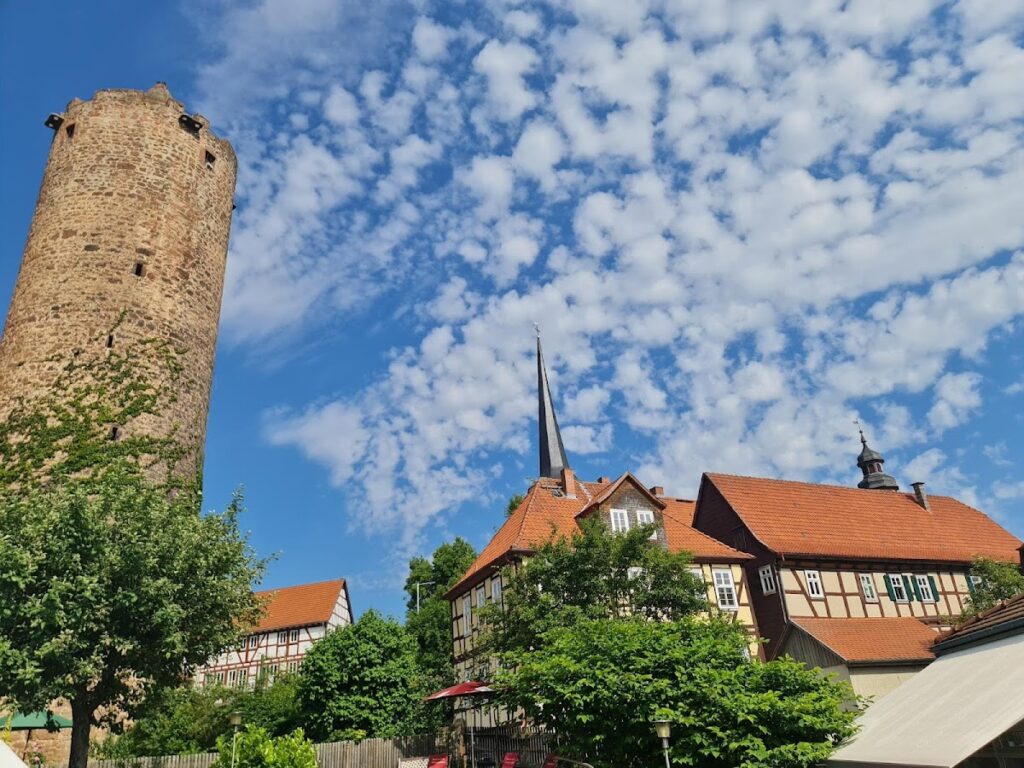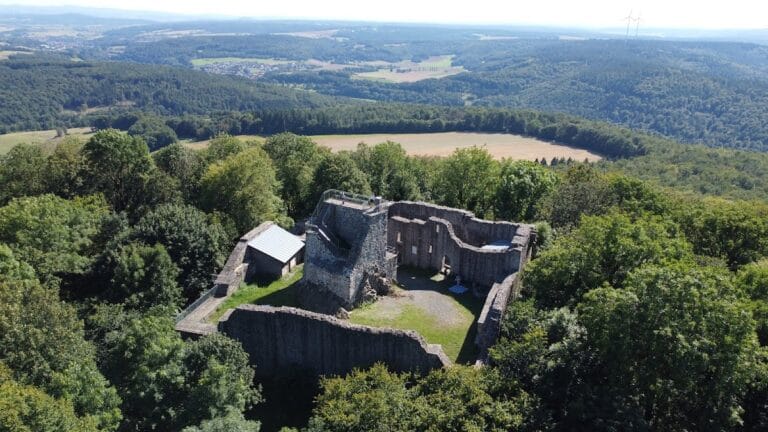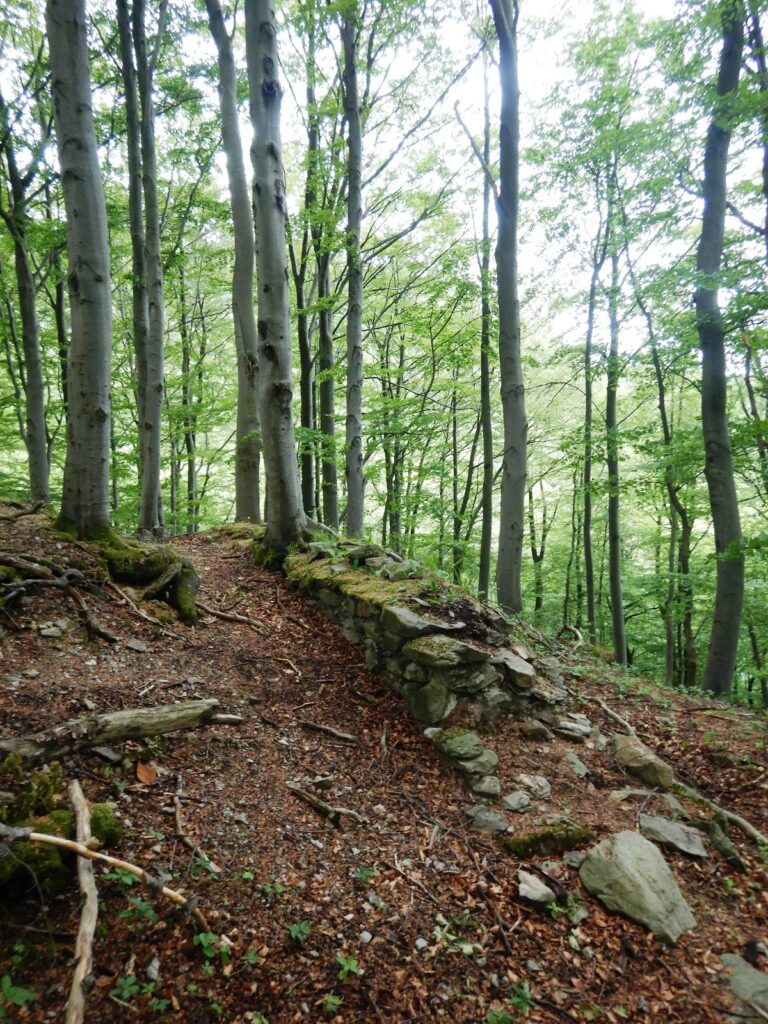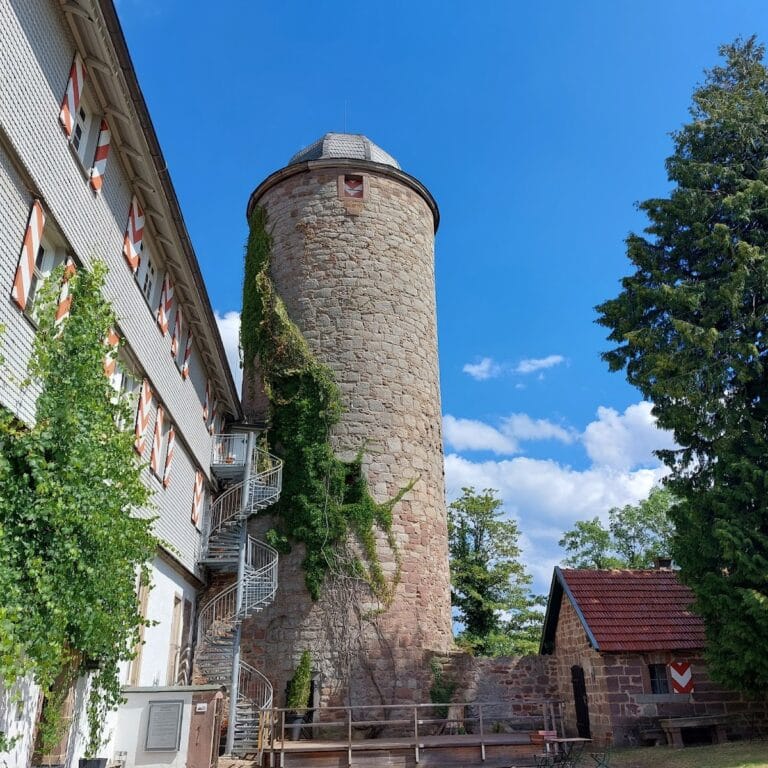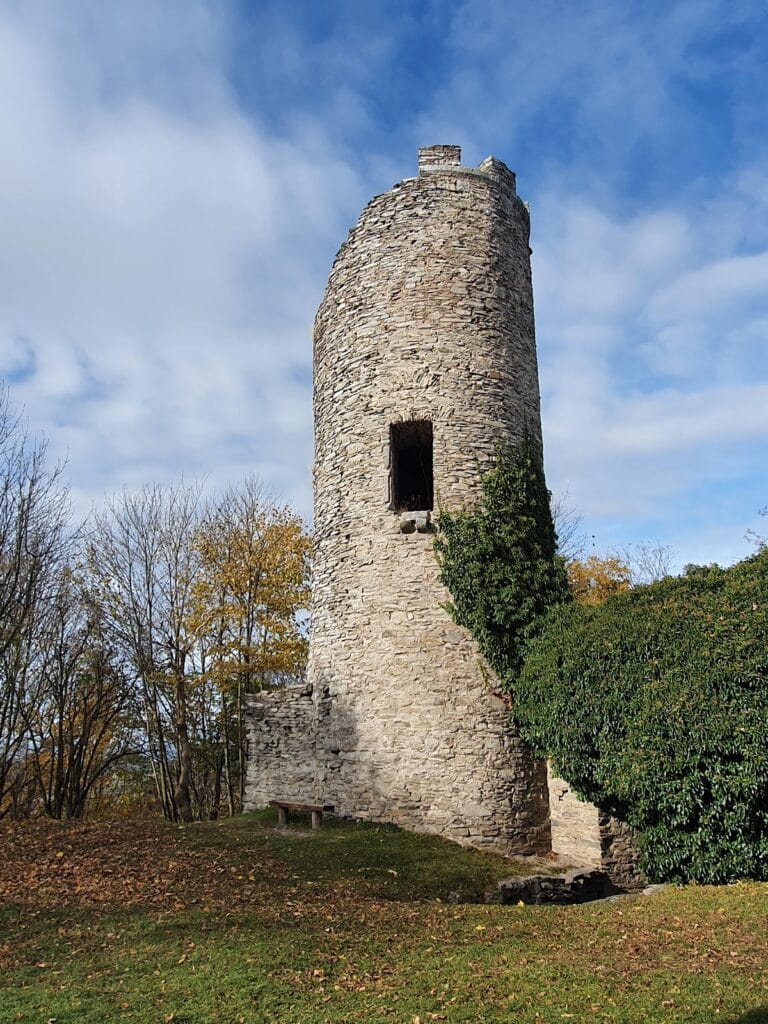Schachtenburg Castle: A Historic Noble Residence in Schlitz, Germany
Visitor Information
Google Rating: 4.6
Popularity: Low
Google Maps: View on Google Maps
Official Website: www.hotel-schachtenburg.de
Country: Germany
Civilization: Unclassified
Remains: Military
History
Schachtenburg is a castle situated in the town of Schlitz in Germany. It was established in the mid-16th century by the noblewoman Elisabeth von Schachten, who built the residence following the death of her husband Wilhelm von Schachten, a war councilor serving the Hessian state. Elisabeth was herself the daughter of Junker Werner von Schlitz, linking the castle closely to the local aristocratic families.
Constructed in 1557, Schachtenburg was not originally part of the medieval defenses of Schlitz, as evidenced by later architectural additions that were added independently from the city’s original fortifications. The castle’s initial role was that of a noble residence, reflecting both family heritage and regional status. During the following century, additional structures were appended to the main building: the South House, notable for its sandstone upper floor, and the North House, which was built in the early 1600s.
For several centuries, Schachtenburg served an important administrative function. Up until 1894, it housed the seat of the Grand Ducal Hessian district court, operating as a center of local governance and law. After this judicial use ended, the building transitioned into a residential property and later was adapted as a retirement home. In recent years, recognizing its historical value, the castle has been preserved and repurposed while maintaining key elements of its original character.
Remains
The castle complex of Schachtenburg features several architecturally significant elements that have been maintained over the centuries. The entrance portal stands out for its decorative design that blends late Gothic and Renaissance styles, with intricate motifs that include intertwined rods forming a pretzel shape. This particular symbol is of local importance, connected to the customs of the Schlitzerland area. The entrance stone prominently displays this pretzel design alongside the year 1557, marking the castle’s date of construction.
At the base of the portal, there are symbolic carvings representing love, marriage, and birth, reflecting themes likely important to the original owners or the culture they belonged to. Adjacent to the door on its right side, a square sandstone relief presents the combined coats of arms of the von Schlitz and von Schachten families. Topping this relief is a grotesque mask known locally as the “Breilecker,” a piece that probably originated from an old city gate and was incorporated into the castle’s decoration.
The South House of Schachtenburg is characterized by its sandstone upper story, which distinguishes it visually and structurally from other parts of the complex. The North House, added in the early seventeenth century, represents one of the castle’s later expansions. These buildings are independent of the medieval city fortifications, illustrating the castle’s evolution beyond its initial structure. Across its various modifications and modern conversions, Schachtenburg’s preserved decorative and structural elements continue to reflect the layered history of the site.


